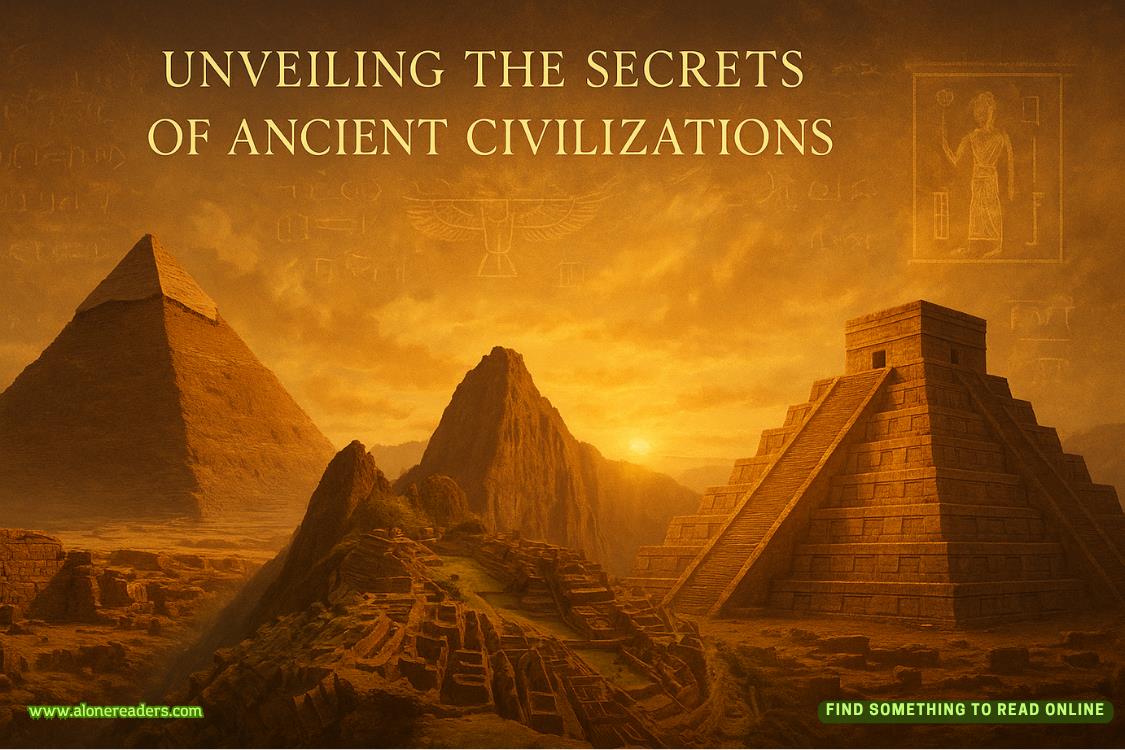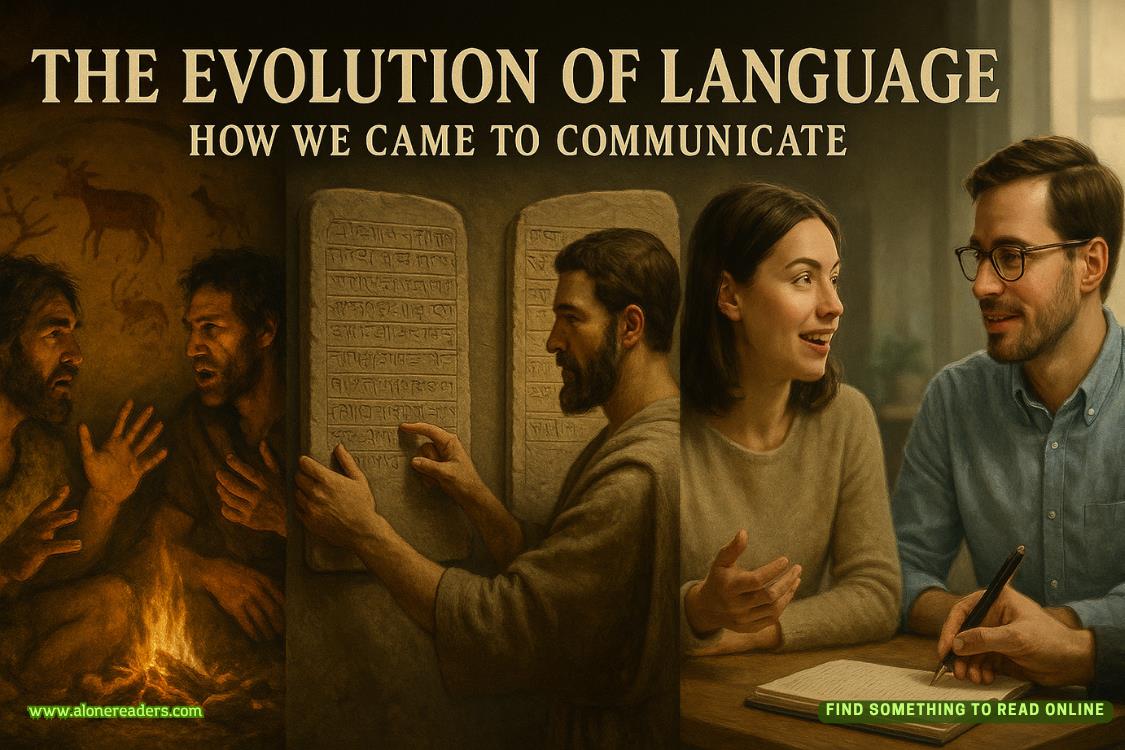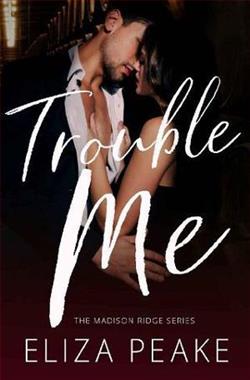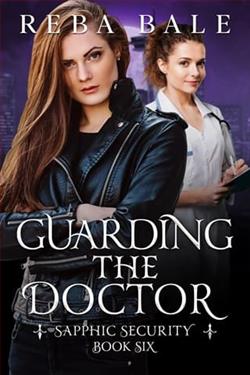Page 40 of X (Kinsey Millhone 24)
“You think there’s any point trying to find the stager?”
“Probably not. We all know one or two, but there’s no formal list. Hallie either paid handsomely or the stager was doing her a personal favor. It’s also possible she didn’t need outside help at all. She might have brought in all the items from home.”
I said a bad word, but Catherine Phillips never flinched. This is probably what comes of having a grown son who works for the police department.
Soon afterward, I rounded out our chat with a few incidental questions and then excused myself. I didn’t see any point in talking to Nancy Harkness. Catherine Phillips had been more than generous with her time, and my curiosity was tapped out. “Hallie Bettancourt” had taken me for a ride for reasons that eluded me. I’d have to give the situation some serious thought before I decided what to do next. In light of the hundred-dollar bill I’d forfeited, I was already in the hole, and I couldn’t see what there was to be gained by pushing the point.
When I passed the front desk on my way out, Kim Bass, Receptionist, was nowhere to be seen. This was fortunate, as I was so irritated with the way she’d treated me, I might have bitten her on the arm. I’d been a biter as a kid and I can still remember the feel of flesh between my teeth. It’s like biting a rubber bathing cap, in case you’re curious.
12
When I arrived back at the office, Henry was sitting on my front step with a handful of papers. Ever the gentleman, he rose to his feet as I approached. “I’ve been playing with Pete’s number grid,” he said.
“You broke the code?”
“Not yet, but I have an idea. If I take a look at your Smith Corona, I can tell you if I’m right.”
“Sure thing,” I said.
I unlocked the door and he followed me in. I continued on into my inner office, talking over my shoulder. “I thought I gave you a key. Why didn’t you let yourself in?”
“I might have if you hadn’t shown up when you did. Otherwise it would have seemed cheeky.”
“God forbid,” I remarked.
I put down my shoulder bag, pushed aside my swivel chair, and hauled my typewriter from the knee space under my desk. I placed it on top, removed the lid, and then turned the machine so it was facing him.
He sat down in one of my two visitors’ chairs and placed his papers on the desk to his left. The top sheet was the graph paper where Pete had recorded his grid of numbers. Henry reached for one of my letter-size yellow legal pads and jotted a column of numbers along the left margin, one through twenty-six. I could see his eyes trace a line back and forth between the keyboard and the grid. I walked around the desk so I could look over his shoulder.
He was clearly pleased with himself. “Good man! I knew he was doing something of the sort. Pull up a chair and take a look.”
I scooted the second chair closer and sat down.
Henry said, “Remember I said this was probably a number-letter substitution code? I figured chances were good he used a format of some kind, a matrix or template that would govern the assignment of a particular number to a given letter. He could have done this any number of ways. He might have written the alphabet, A B C D and so forth, and then used 1 for A, 2 for B, 3 for C, down the line. Pete constructed his cipher along other lines, which is what I’ve been trying to pin down.”
“Swapping one number per letter would make it twenty-six altogether, yes?”
“Right.”
“What about that number? The 1909,” I said, pointing to a four-number group.
Henry said, “I suspect that’s the number 19 followed by the number 9. I’m theorizing Pete put a zero in front of any letter between 1 and 9. So 03 is something and 04 is the next in the sequence, whatever the sequence is.”
“I guess you have to start somewhere.”
“It’s basically trial and error, though if you do these often enough you get a feel for what’s going on. The obvious system where 1 is A, 2 is B, and so forth didn’t work, which didn’t surprise me in the least. Pete was too wily for something so simplistic. So I said to myself, what’s next? As kids, we used a system called Rot 1—Rotate 1—which means that B becomes A, C becomes B, and so forth. I experimented with that and a few other well-known systems and got nowhere. And then I wondered if this could be a keyboard pattern, which is why I needed your Smith Corona.”
He looked up with a sly smile, tapping the paper with his pen. “This is a QWERTY code, starting with the top row of letters on a typewriter. Read left to right and keep on going. Q is 1, W is 2, E is 3, or 03 the way he writes it. R is 4 or 04. You’ll see I’m completing that first row of letters and then starting again left to right, moving down all three rows. The last row is Z X C V B N. Do you see what I’m doing here? M is the last letter, which in this format makes it the twenty-sixth.”















